The Dark Chapter in Aviation History
On December 24, 1999, the world witnessed one of the most terrifying and consequential hijackings in aviation history. Indian Airlines Flight IC-814, en route from Kathmandu to Delhi, was seized by five armed terrorists. This chilling incident, which played out over seven harrowing days across multiple countries, ended in a manner that left the world reeling, as it indirectly set the stage for the 9/11 attacks. The repercussions of the Kandahar hijack were felt far beyond India, influencing global terrorism and reshaping international security policies.

In this article, we delve deep into the traumatic events of the IC-814 hijacking, the decisions that were made under duress, and the horrifying legacy that followed, connecting the dots to one of the darkest days in modern history: the September 11 attacks.
The Beginning: A Routine Flight Turns into a Nightmare
December 24, 1999, started like any other day for the 176 passengers and 15 crew members aboard Indian Airlines Flight IC-814. The flight, an Airbus A300, took off from Tribhuvan International Airport in Kathmandu, Nepal, at 4:10 PM IST, headed for Indira Gandhi International Airport in New Delhi, India. Little did anyone know that their lives were about to change forever.
Shortly after the plane entered Indian airspace, five terrorists affiliated with the Pakistan-based militant group Harkat-ul-Mujahideen made their move. Armed with knives, guns, and grenades, they seized control of the aircraft, forcing the pilots to change course. The hijacking had begun.
Initial Confusion and Chaos
The initial moments of the hijacking were marked by confusion and terror. Passengers were caught off guard, unable to comprehend the sudden shift from a routine flight to a life-threatening situation. The hijackers quickly took control of the cockpit, issuing threats and demanding that the flight be diverted.
The pilots, under immense pressure, requested permission to land at Amritsar in India for refueling. However, due to delays and confusion on the ground, the opportunity to bring the situation under control was lost. The plane was forced to take off again, setting the stage for a grueling international ordeal.
The IC-814 Kandahar Hijackers: Who Were They?
The five hijackers who seized IC-814 were members of Harkat-ul-Mujahideen, a militant group with close ties to both the Taliban and al-Qaeda. Their mission was clear: secure the release of their comrades imprisoned in India.
- Ibrahim Athar: The leader of the group, Athar was the brother of Maulana Masood Azhar, a notorious terrorist held in Indian custody.
- Sunny Ahmed Qazi, Shaqir, Mistry Zahoor Ibrahim, and Shaqir alias Bhola: These were the other members of the group, each highly trained and deeply committed to their cause.

These men were not mere criminals; they were ideologically driven extremists, willing to go to any lengths, including taking innocent lives, to achieve their objectives.
The Motivation Behind the Hijack
The primary goal of the hijackers was to secure the release of three high-profile terrorists from Indian prisons:
- Maulana Masood Azhar: A key figure in the global jihadist movement, Azhar was the leader of Harkat-ul-Mujahideen. His release would later have catastrophic consequences.
- Ahmed Omar Saeed Sheikh: A British-born Pakistani, Sheikh was involved in numerous terrorist activities and would later be implicated in the kidnapping and murder of journalist Daniel Pearl.
- Mushtaq Ahmed Zargar: Another militant leader, Zargar was a key player in the Kashmir insurgency.
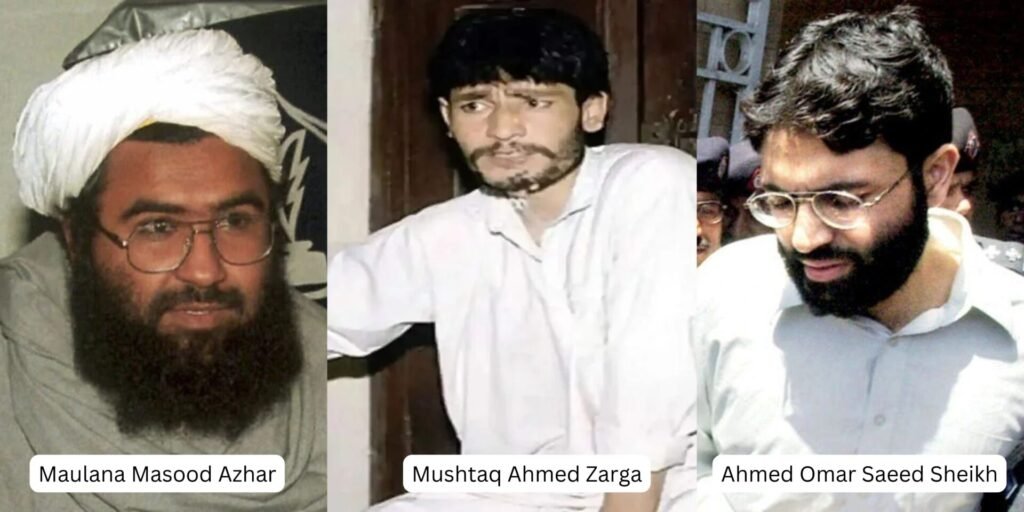
The hijackers saw the release of these men as a significant victory for their cause, and they were willing to gamble with the lives of nearly 200 people to achieve it.
The Journey of Terror: From Amritsar to Kandahar
The hijackers initially forced the plane to land at Amritsar, India, but a series of miscommunications and delays prevented Indian authorities from taking decisive action. After a tense 40-minute standoff, the plane was forced to take off again as it ran low on fuel, marking the beginning of a perilous journey that would take the passengers and crew across several countries.
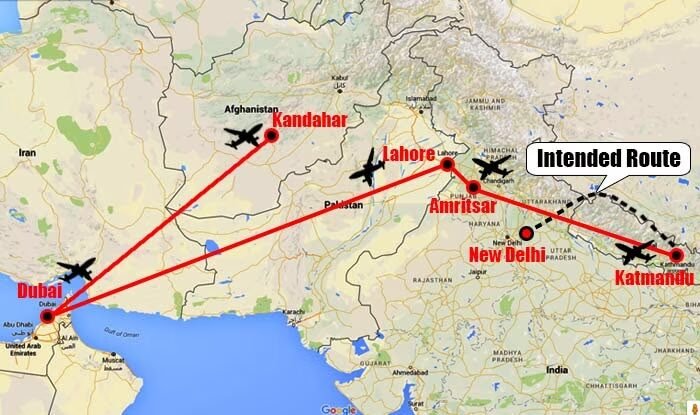
The plane made its next stop in Lahore, Pakistan, where it was briefly refueled. Pakistani authorities allowed the plane to take off again after a short stay, pushing the crisis further along its tragic path.
Dubai: A Glimmer of Hope
The next stop was Dubai, where the hijackers released 27 passengers, including women, children, and those with health issues, as a show of “goodwill.” This brief respite provided some hope for the remaining hostages, but the underlying tension remained palpable. The hijackers reiterated their demands, and the plane was once again airborne, heading towards its final destination: Kandahar, Afghanistan.
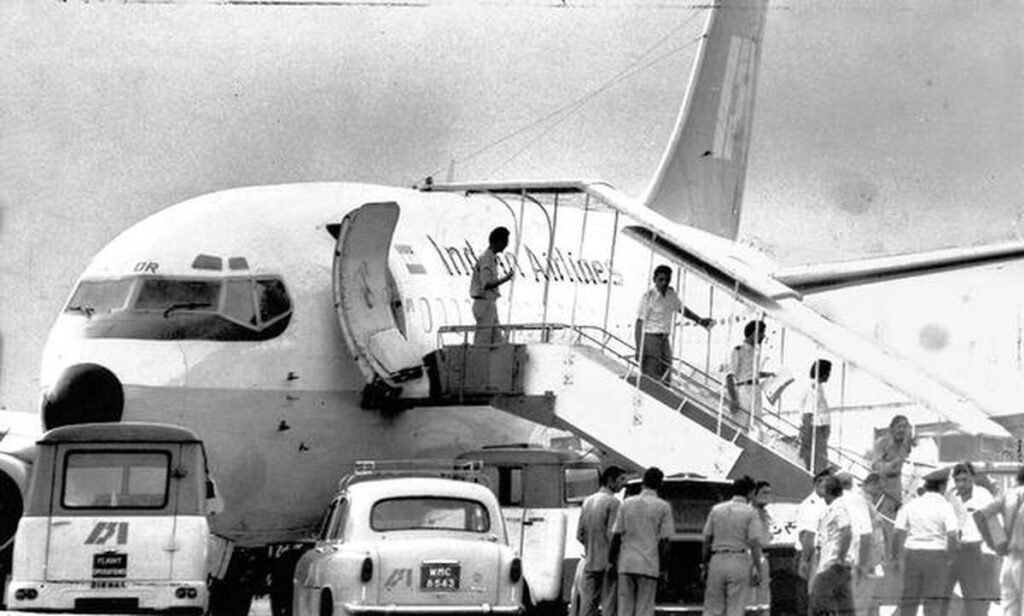
Kandahar: A City Under Taliban Control
Kandahar, under the control of the Taliban, was where the plane finally landed on December 25, 1999. The Taliban, notorious for their brutal regime, played a duplicitous role in the events that followed. While they claimed to be mediators, their true sympathies lay with the hijackers, who were fellow militants fighting a common enemy in the West and its allies.
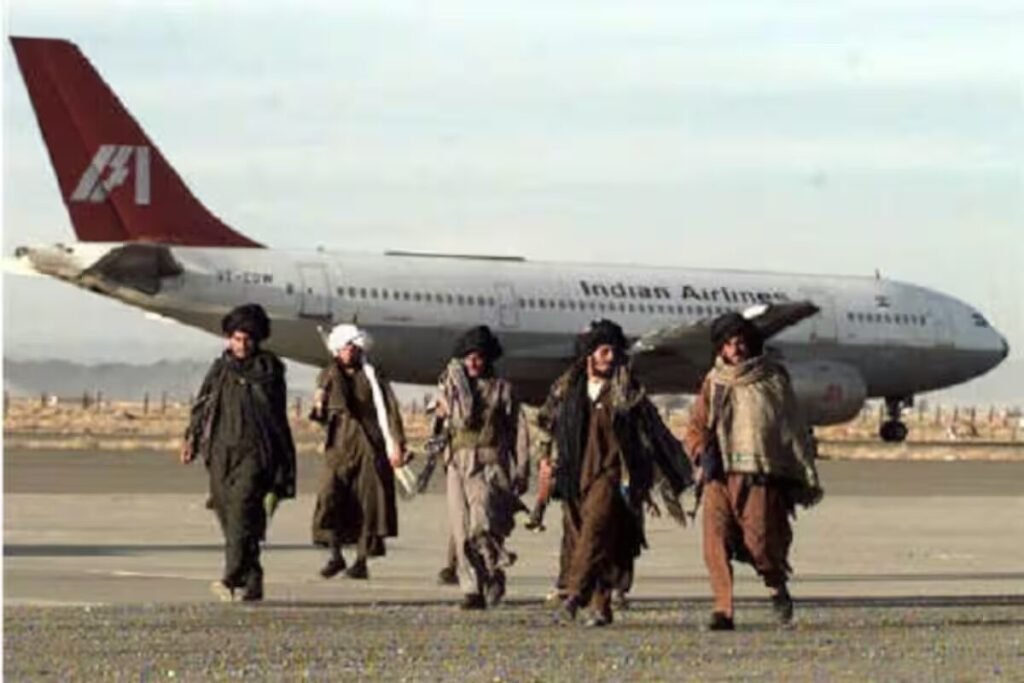
The hijackers made it clear that they would not hesitate to start killing hostages if their demands were not met. The Indian government was now caught in an excruciating dilemma: negotiate with terrorists and secure the safe return of the hostages, or refuse to capitulate and risk the lives of nearly 200 people.
The Indian Government’s Dilemma: To Negotiate or Not?
The hijacking of IC-814 put the Indian government in a severe crisis. The lives of 176 passengers and 15 crew members hung in the balance, and the entire nation was gripped by the tension of the situation. The government’s initial response was cautious, but as the days dragged on and the threat of violence loomed larger, the pressure to act became unbearable.
The Reluctant Decision to Negotiate
After several days of tense negotiations, during which the hijackers continued to make their demands, the Indian government made the painful decision to concede. The alternative was simply too grim to contemplate: a potential massacre of innocents on foreign soil.
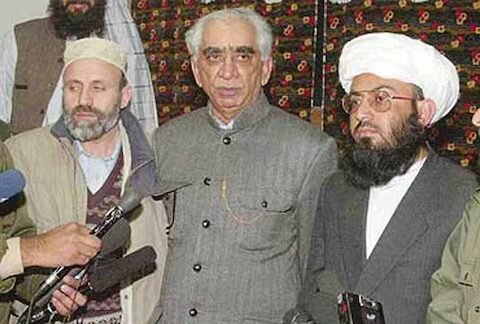
The three terrorists—Maulana Masood Azhar, Ahmed Omar Saeed Sheikh, and Mushtaq Ahmed Zargar—were released from Indian prisons and flown to Kandahar to be exchanged for the hostages. This decision, though it secured the immediate safety of the passengers and crew, would have far-reaching consequences that no one could have predicted at the time.
The Exchange and Release
On December 31, 1999, after seven days of terror, the hostages were finally released. The exchange took place under the watchful eyes of the Taliban, who ensured that the hijackers were allowed to leave Kandahar safely. The hijackers, along with the released terrorists, disappeared into Afghanistan, leaving behind a traumatized nation and a world that was now more dangerous than ever.

The Global Aftermath
Strengthening of Terrorist Networks
The consequences of the IC-814 hijacking were felt far beyond India. The release of Maulana Masood Azhar, Ahmed Omar Saeed Sheikh, and Mushtaq Ahmed Zargar provided a significant boost to terrorist networks across South Asia and beyond.
- Formation of Jaish-e-Mohammed (JeM): Shortly after his release, Maulana Masood Azhar founded Jaish-e-Mohammed (JeM), a militant group that quickly became one of the most active and dangerous terrorist organizations in the region. JeM would go on to carry out numerous attacks in India, including the 2001 attack on the Indian Parliament, which brought India and Pakistan to the brink of war.
- Ahmed Omar Saeed Sheikh’s Role in Global Terrorism: Ahmed Omar Saeed Sheikh, who had been educated in the UK, became involved in global terrorism, including the kidnapping and murder of American journalist Daniel Pearl in 2002. His involvement with al-Qaeda also reportedly extended to financing aspects of the 9/11 attacks.
Connection to 9/11: A Chilling Legacy
The most shocking and tragic consequence of the IC-814 hijacking is its indirect link to the 9/11 attacks. The release of Ahmed Omar Saeed Sheikh is particularly significant in this context. Sheikh is believed to have transferred $100,000 to Mohammed Atta, the lead hijacker in the 9/11 attacks, just before the events of September 11, 2001. This financial link, though small in the grand scheme of the 9/11 plot, highlights the interconnected nature of global terrorism and how the decisions made during the IC-814 crisis had far-reaching consequences.

The Taliban’s role in the IC-814 hijacking and their broader support for terrorist groups like al-Qaeda became a focal point of international concern. The safe haven that Afghanistan provided for terrorists was instrumental in allowing al-Qaeda to plan and execute the 9/11 attacks. This reality would eventually lead to the U.S. invasion of Afghanistan in 2001, marking the beginning of the War on Terror.
The Legacy of IC-814
The IC-814 hijacking was more than just a terrifying episode in aviation history; it was a pivotal event that had lasting repercussions on global security and the fight against terrorism. The decisions made during those seven fateful days in December 1999 set off a chain reaction that would eventually contribute to the most devastating terrorist attack in modern history: the September 11 attacks.






